Are you tired of feeling a pain in the butt that’s not just metaphorical? Well, you might be suffering from either ischial bursitis or piriformis syndrome. These two conditions can be quite a pain in the behind, literally, but it’s important to understand their differences in order to find the right cure for your derrière. So, let’s dive deep into the world of butts and hips and figure out how to get some sweet relief.
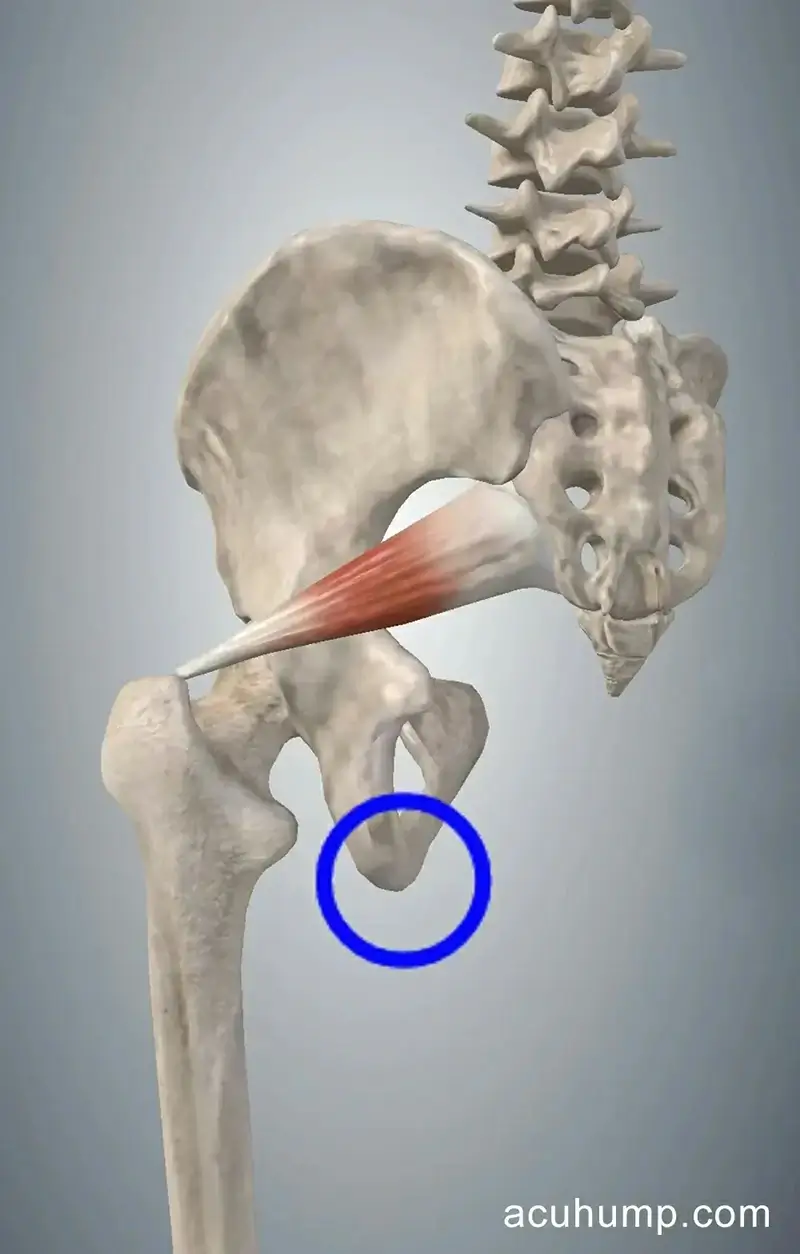
Ischial Bursitis
Ischial bursitis sounds like something only a medical professional could come up with, and you’d be right! It’s quite a mouthful to pronounce, but it basically means inflammation of a small fluid-filled sac called the bursa, which is nestled between your sit bones and your hamstring muscles.
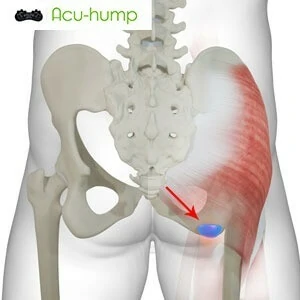
It’s as if your butt is throwing a little temper tantrum. The symptoms of ischial bursitis include localized pain in your buttock, tenderness, and some serious discomfort when you try to sit or walk. It’s like having a tiny gremlin stabbing at your posterior, reminding you that life isn’t all about sitting on your bum.
Risk factors for ischial bursitis can include activities like frequent cycling, prolonged sitting (looking at you, office workers), and trauma. So, be careful when leaping onto that comfy-looking chair!
Piriformis Syndrome
Now let’s talk about something that piriformis syndrome. It’s a condition that occurs when the sciatic nerve gets all cozy with the piriformis muscle. It’s like two neighbors who just can’t stand each other, constantly bickering over the fence.
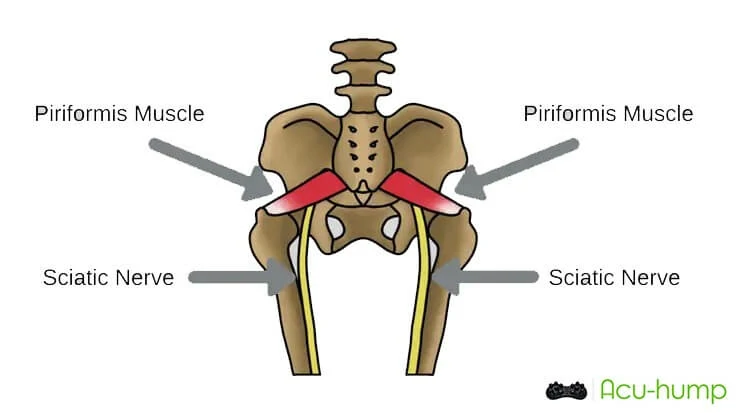
This results in pain that radiates from your buttock, down the back of your leg, and occasionally throws in some numbness or tingling just to keep things bad. It’s like your butt is plotting revenge on your sciatic nerve for some reason.
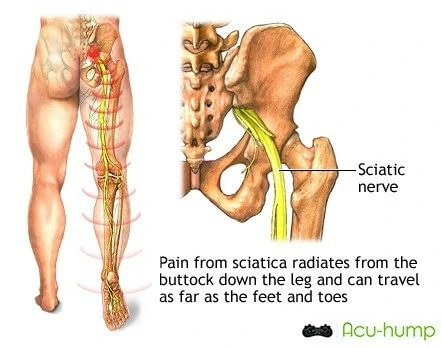
Many things can cause piriformis syndrome, including muscle imbalances, overuse (maybe you’re overzealous with your butt workouts?), trauma, or even just too much sitting. So be careful, your butt might just develop an attitude problem.
Key Differences and Diagnostic Considerations
Key Differences and Diagnostic Considerations
Now, on to the serious stuff – the differences between ischial bursitis and piriformis syndrome. Ischial bursitis is all about that inflamed bursa, while piriformis syndrome is like a sciatic showdown.
The straight leg raise test can be used to differentiate between the two conditions. When performing the test, if the individual experiences a feeling of tightness in the buttock muscles without any pain, it suggests hip bursitis. However, if the individual experiences buttock muscles pain during the test, it indicates piriformis syndrome.
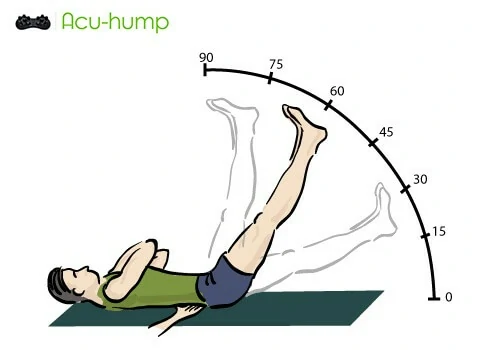
Furthermore, hip bursitis does not cause pain or numbness in the lower back, buttocks, or legs. These symptoms are more commonly associated with piriformis syndrome. It’s important to consider these differences when diagnosing and determining the appropriate treatment for these conditions.
It’s important to seek help from a medical professional to get an accurate diagnosis, as they’ll need to dig into your history and possibly perform some tests like X-rays or MRIs. They might even get all up in your nerves with some nerve conduction studies.
But hey, it’s better than playing a guessing game with your backside, right?
Treatment Options
Now, how can we slap some sense into your protesting posterior?
When it comes to addressing your protesting posterior, there are various treatment options available that can be applied to both ischial bursitis and piriformis syndrome. Let’s explore these treatment methods below:
Rest
Resting is a fundamental aspect of treating both ischial bursitis and piriformis syndrome. By avoiding activities that exacerbate your symptoms and giving your muscles and bursa time to heal, you can effectively reduce pain and inflammation.

Cold and Heat Therapy
Applying cold or heat therapy can provide relief for both conditions. Cold therapy, such as using ice packs, can help reduce inflammation and numb the affected area. On the other hand, heat therapy, like warm compresses, can relax muscles and improve blood circulation, aiding in the healing process. You can alternate between the two or choose the method that offers the most relief.
Physical Therapy
Physical therapy plays a vital role in treating ischial bursitis and piriformis syndrome. A skilled physical therapist can guide you through tailored exercises to strengthen the muscles surrounding the affected area and improve flexibility. This may involve stretching exercises, range of motion exercises, and targeted strengthening exercises for the hips and buttocks.
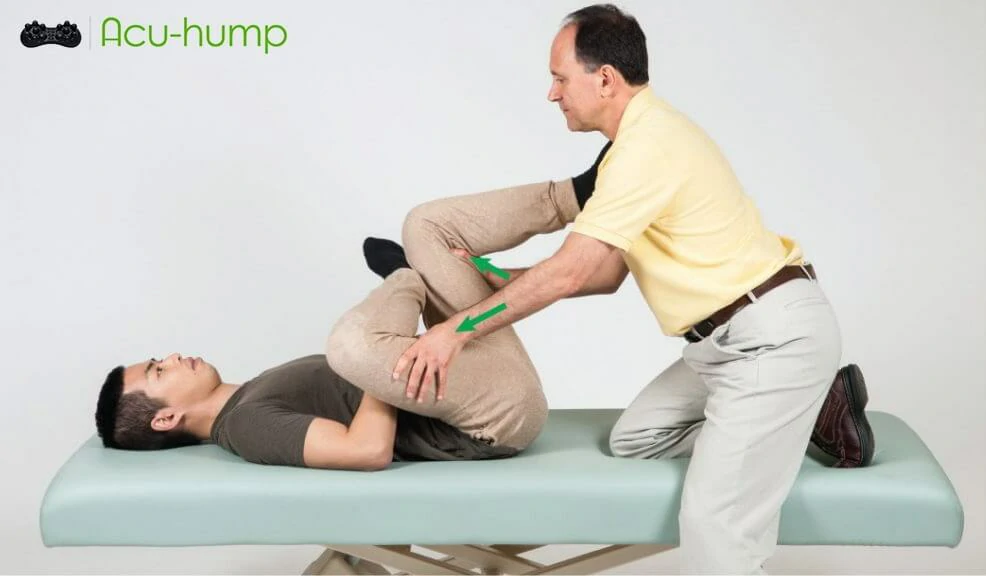
Anti-inflammatory Medications
Both conditions can benefit from the use of anti-inflammatory medications, either over-the-counter or through prescription. These medications help reduce inflammation and alleviate pain. It’s important to consult with a healthcare professional before using them, as they may have side effects or interact with other medications.
Surgical Intervention
In rare cases where conservative treatments fail to provide relief, surgery may be considered as a last resort. Surgical procedures aim to address the underlying cause of the condition, such as removing the inflamed bursa in ischial bursitis or releasing the piriformis muscle in piriformis syndrome. But let’s hope it doesn’t come to that!
More treatment options
Additionally, there are additional treatment methods specifically for piriformis syndrome:
Massage Therapy
The benefits of massage therapy for piriformis syndrome are twofold. Firstly, it helps relax the piriformis muscle and reduce any tightness or trigger points that may be contributing to the symptoms. Secondly, massages promote blood flow to the area, aiding in the healing process. Consider seeking the expertise of a licensed massage therapist experienced in treating piriformis syndrome.
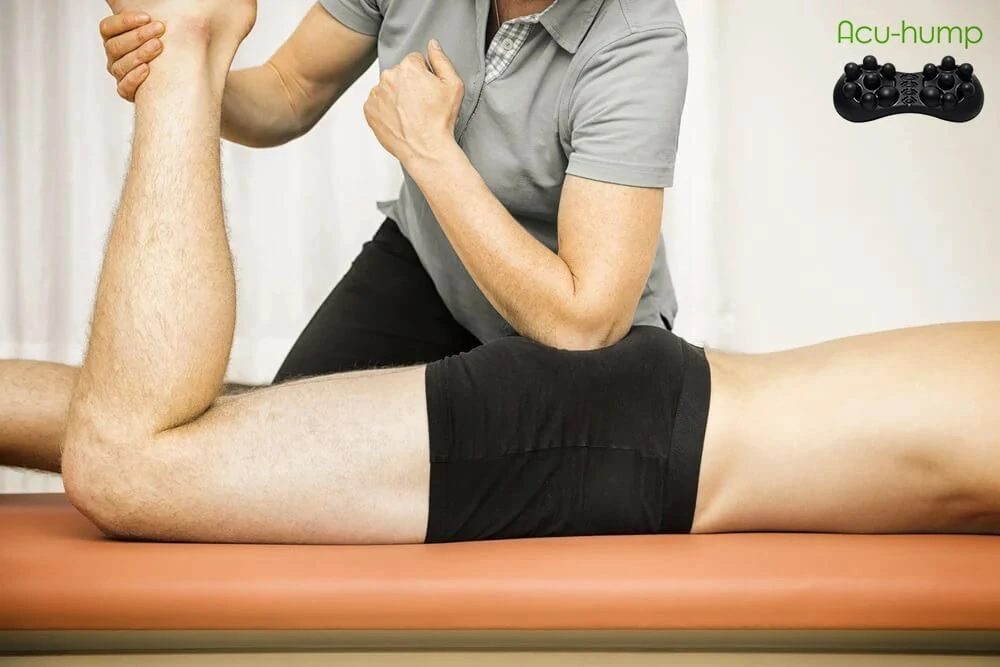
Stretching and Strengthening Exercises
Stretching exercises play a crucial role in managing piriformis syndrome. These exercises target the piriformis muscle and aim to increase its flexibility and relieve pressure on the sciatic nerve. Your physical therapist may teach you specific stretches that gently stretch the piriformis muscle and surrounding muscles. Strengthening exercises, such as hip abductions and bridges, can also help stabilize the affected area.
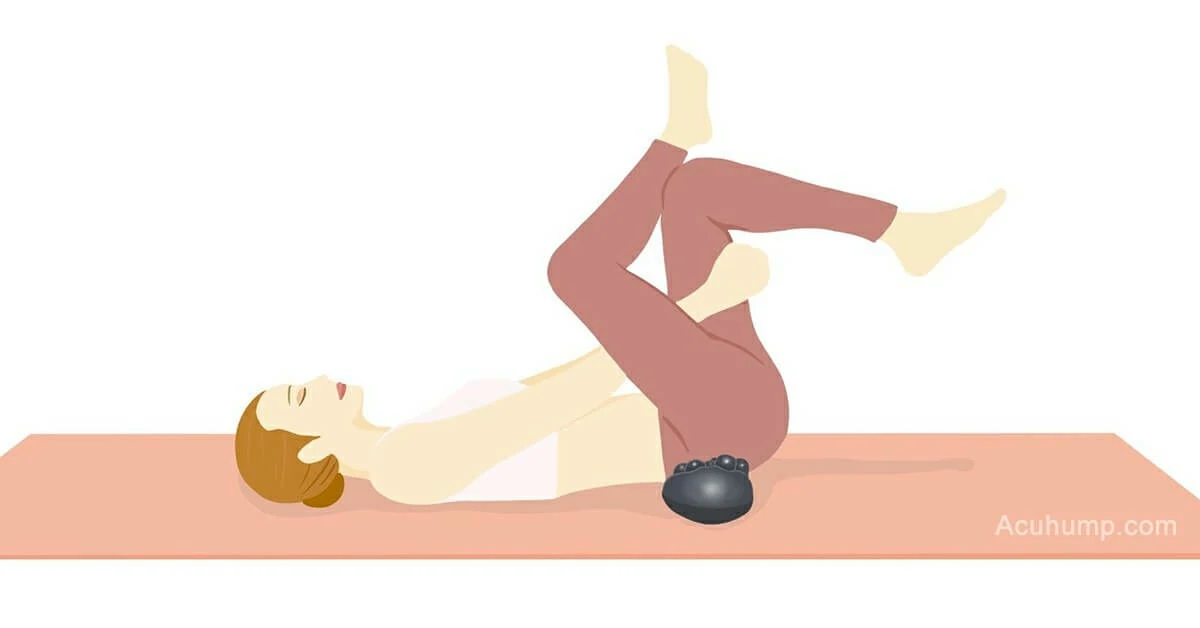
Remember, it’s crucial to consult with a healthcare professional to determine the most suitable treatment approach for your specific condition. They can provide a comprehensive evaluation, consider your medical history, and offer personalized recommendations to ensure effective relief and promote your overall well-being.
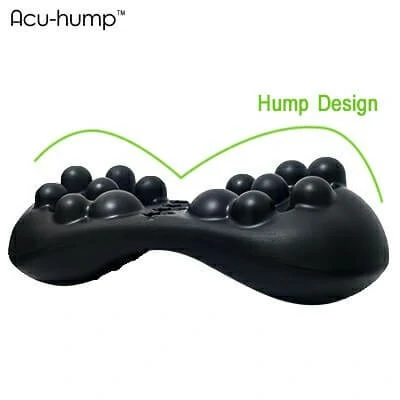
Acu-hump: 30-day return policy.
You have no risk.
Symmetrical 14 pressure point nubs are based on the principle that pressure applied to deep tissue can activate the nervous system and release muscle knots.
Combined with the hump shape designed for stretching muscles, these help to relieve your muscles, reduce tension and improve circulation.
So there you have it, the lowdown on ischial bursitis and piriformis syndrome. Remember, it’s important to seek professional help for an accurate diagnosis and get the right treatment for your aching behind. Don’t let your butt be a pain in the hip, get some relief and enjoy life without the discomfort. Take care of your backside, and it’ll take care of you.
Acu-hump® Release the Back & Butt
